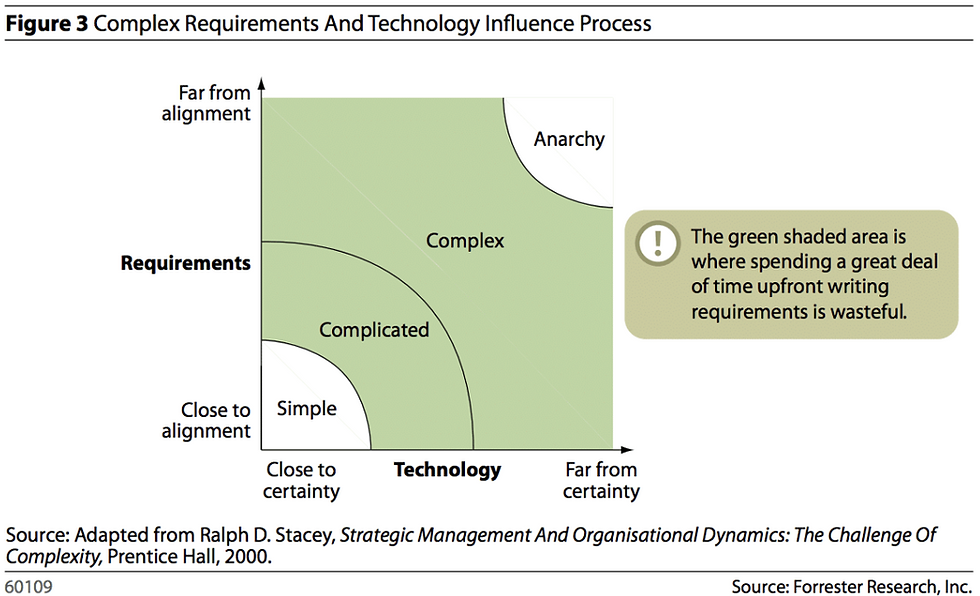Unlocking the Potential of AI in SMEs: Key Insights and Considerations
- Violet Swierkot
- Nov 5, 2024
- 2 min read
The integration of artificial intelligence (AI) in small and medium-sized enterprises (SMEs) is a complex process shaped by various technological, organisational, and environmental factors. Research conducted by Jones et. al. (2024) indicates that AI can significantly enhance efficiency, competitiveness, customer experience, and sustainability in areas such as finance, marketing, and human resource management.
Utilising the Technology-Organisation-Environment (TOE) model, this study highlights critical factors driving AI adoption in SMEs, including technology compatibility, organisational culture, senior management commitment, innovation perception, and risk-taking propensity. However, it also reveals gaps in the literature, such as the need for trend identification and clear legal frameworks for AI implementation, which are essential for effective adoption. When AI technologies align with SMEs' operational practices and cultural contexts, the likelihood of successful adoption increases. By leveraging AI, SMEs can optimise profits, broaden their customer base, and enhance competitive advantage, paving the way for improved customer experiences and sustainable practices.
Despite the benefits, SMEs face challenges in AI integration, including financial constraints, internal resistance, organizational complexity, and legal considerations. Addressing these barriers, along with the shortage of AI specialists, is crucial for maximizing the advantages of AI technologies. Moreover, fostering a learning culture and openness towards AI within organizations can significantly improve the chances of successful adoption.
In conclusion, understanding and overcoming the challenges of AI integration will enable SMEs to harness its transformative potential and thrive in an increasingly digital landscape.
The TOE model organises key factors into distinct clusters, providing a solid framework for evaluating technology adaptability within organizations. By examining the influential elements in the three clusters—technology, organisation, and environment—scholars and practitioners can gain valuable insights into the current state of AI application in SMEs.
Based on this model, organisations can identify key drivers and barriers to AI adoption, enabling them to tailor their strategies effectively. This underscores the effectiveness of the TOE model in understanding and analysing the adoption of AI technologies by small and medium-sized enterprises. By leveraging this framework, organisations can better navigate the complexities of AI integration and enhance their overall operational efficiency.

References:
Schwaeke, J., Peters, A., Kanbach, D. K., Kraus, S., & Jones, P. (2024). The new normal: The status quo of AI adoption in SMEs. Journal of Small Business Management, 1–35. https://doi.org/10.1080/00472778.2024.2379999



Comments